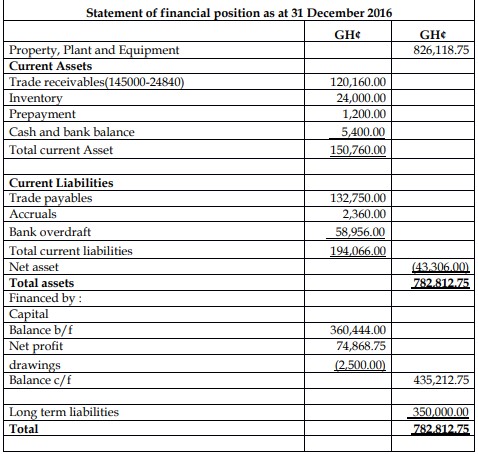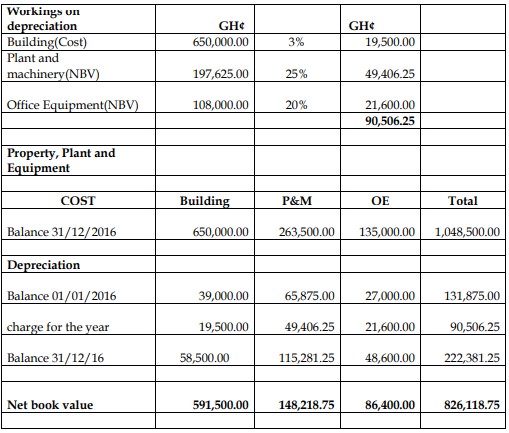- 6 Marks
Question
State the Basis Periods for the following persons as provided in the Income Tax Act, 2015 (Act 896):
i) A sole proprietorship
ii) A company
iii) A trust
iv) A partner of a partnership
Answer
The Basis Periods for the different persons are as follows:
i) Sole Proprietorship: The basis period for a sole proprietor is the calendar year (January to December).
ii) Company: The basis period for a company is its accounting year, which may vary depending on the company’s financial reporting period.
iii) Trust: The basis period for a trust is the accounting year of the trust.
iv) Partner of a Partnership: The basis period for a partner in a partnership is the calendar year (January to December).
- Tags: Basis Period, Company, Income Tax Act, Partnership, Sole Proprietorship, Trust
- Level: Level 2
- Topic: Income Tax Liabilities
- Series: MAR 2024
- Uploader: Theophilus



